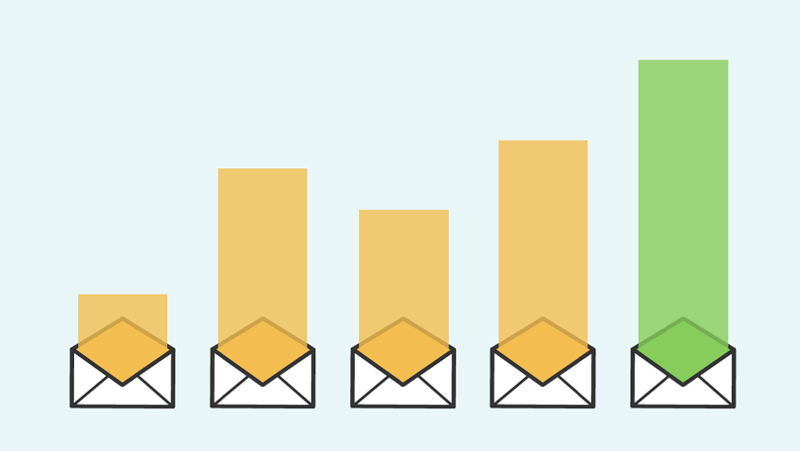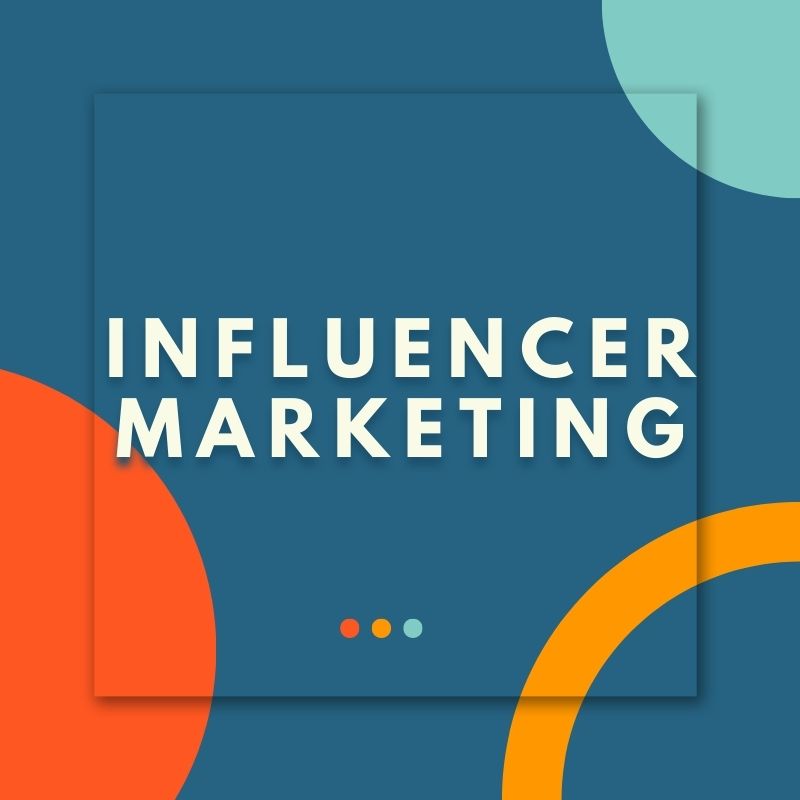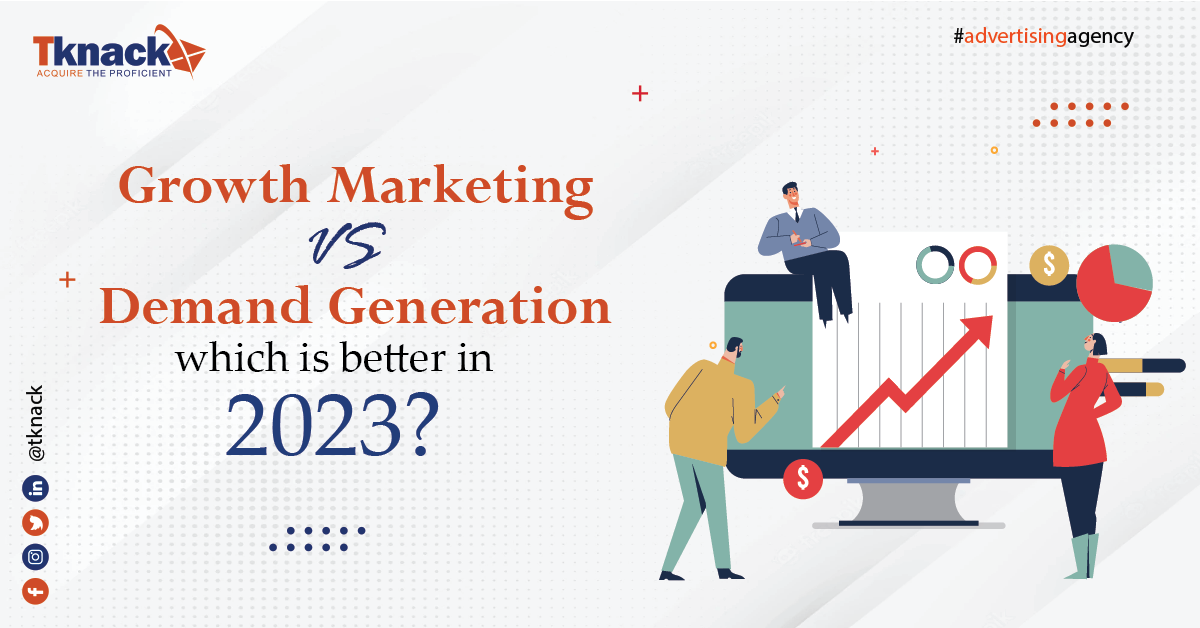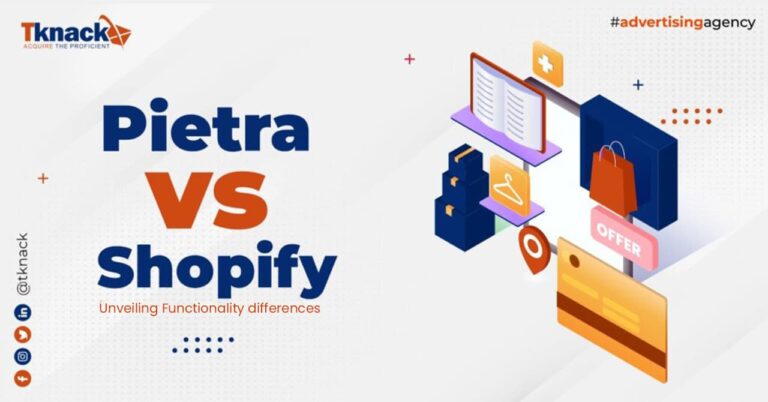Are you prepared to unlock your company’s explosive growth in 2023? Which is the ultimate powerhouse for success in the constantly changing world of marketing—growth marketing vs demand generation? Understanding the nuances and benefits of these two dynamic approaches is essential for business owners and marketers as they attempt to navigate the challenging world of customer acquisition.
Join us on an exciting journey as we uncover the mysteries of demand generation and growth marketing. Prepare to learn the secret to achieving success in the fascinating world of 2023!
You may like to read: How to get Actual Results from Google ads
Understanding Growth Marketing vs Demand Generation
What Is Growth Marketing?
The term “growth marketing” refers to a strategic approach to the marketing discipline that centers on the promotion of long-term, sustainable business expansion using a variety of marketing methods. Traditional marketing frequently places a greater emphasis on immediate sales and short-term gains, whereas growth marketing takes a more holistic and long-term approach to the expansion of a company’s customer base and revenue. It optimizes every stage of the marketing funnel and maximizes the potential for sustainable growth by combining data-driven decision-making with experimentation and a focus on the customer.

Growth Marketing Strategies:
1. Growing Your Email List:
Email marketing continues to be one of the most effective ways to engage with your audience and guide them toward conversion, and growing your email list is an important part of that strategy. Your email list is the focus of a growth marketing strategy, which aims to continuously grow and improve it. This can be accomplished through the utilization of a variety of strategies, including the provision of valuable content in exchange for email sign-ups, the optimization of website opt-in forms, the utilization of social media advertising to drive email subscriptions, and the execution of targeted lead generation campaigns. You can increase your ability to connect with potential customers and guide them through the conversion journey by growing your email list.

2. Referral Marketing:
Referral marketing is a highly effective growth marketing strategy that works by utilizing the influence of an organization’s current clientele to bring in new clients. You can harness the power of word-of-mouth marketing by providing incentives to your existing customers and encouraging them to recommend your product or service to the people in their social networks. You can motivate your customers to spread the word about your brand by implementing referral programs that offer rewards, discounts, or exclusive access to your products or services. Not only does referral marketing help you acquire new clients, but it also fosters loyalty to your brand and trust among customers by utilizing personal recommendations.

3. Converting Traffic from Your Blog Using Landing Pages
Using Landing Pages to Convert Traffic from Your Blog: Blogs are a valuable tool for content marketing, but it’s important to convert blog traffic into tangible business results. Growth marketing places a strong emphasis on the utilization of targeted landing pages to convert website visitors into leads or customers. A focused web page with a distinct call-to-action that is designed to collect information from visitors or to facilitate the achievement of a particular conversion goal is known as a landing page. You can direct visitors to your blog to take the desired action, such as subscribing to a newsletter, downloading a resource, or making a purchase, by optimizing the design, copy, and offers on your landing page.
4. Partnerships Building with Influencers and Competitors:
Influencer marketing has seen significant growth in popularity over the past few years, and it continues to be an effective strategy for growth marketing. Through the process of collaborating with relevant influencers, you will be able to access the engaged audience that they have and gain exposure to new potential customers. You can leverage the reach and credibility of influencers to drive brand awareness, product endorsements, and ultimately sales if you identify influencers whose values align with those of your target audience and identify those influencers who share your target audience. In addition, forming strategic alliances with companies whose products or services are complementary, but which do not compete with one another can result in opportunities for growth that are advantageous to both parties, such as joint marketing endeavors, cross-promotions, or shared resources.

5. Connecting with Your Audience:
One of the most important things you can do is create a genuine connection with the people who consume your content. Understanding your customers, their needs, and the pain points they face is a primary focus of growth marketing. You can gain valuable insights that can help inform your marketing strategies if you make use of customer data, conduct surveys, and actively listen to feedback. Personalization and audience segmentation are essential aspects of growth marketing. These aspects allow you to deliver individualized customer experiences and targeted communications to distinct subsets of your audience. Creating a genuine connection with your audience is an effective strategy for fostering loyalty, increasing the value of a customer over the course of their lifetime, and encouraging referrals and positive reviews.
You may like: Step by step Guide to Social Media Marketing
What Is Demand Generation?
The term “demand generation” refers to the marketing activities and strategies that are implemented with the intention of increasing awareness of and interest in the goods or services offered by a company to facilitate customer acquisition and revenue expansion. Creating a demand for the products or services being offered and maintaining contact with prospective buyers throughout their shopping process are both required steps. The ultimate objective of demand generation is to draw in and engage qualified prospects with the intention of converting them into dedicated customers.

Demand Generation Strategies
1. Utilize Data on Buyer Intent to Locate In-Market Customers
It is essential to have an effective demand generation strategy to comprehend the buyers’ intentions. Marketers can identify prospective clients who are actively looking for goods or services that are comparable to those provided by their company by conducting data analysis and making use of insights. This approach, which is driven by data, enables marketers to concentrate their efforts on customers who have a greater potential for making a purchase.
Numerous strategies are available to marketers to choose from in order to access buyer intent. Research and analysis of keywords can provide extremely helpful insights into the terms and phrases that potential customers are using in search engines. Monitoring tools for social media allow marketers to keep track of conversations and identify customers who have expressed an interest in making a purchase. Marketers are able to tailor their messaging and content to better meet the requirements and satisfy the interests of customers who are currently in the market by collecting data on buyer intent.
2. Develop Authority Through Relevant and High-Quality Content
The production of content that is both compelling and relevant is an essential component of demand generation. Companies can establish themselves as industry leaders and build trust with potential customers if they produce content that addresses the challenges and pain points of their target audience. Articles on blogs, white papers, videos, infographics, and case studies are just some of the different formats that high-quality content can be presented in.
In order for marketers to develop an effective content strategy, they need to conduct extensive audience research in order to gain an understanding of the preferences, interests, and pain points of their target market. When marketers align their content with the buyer’s journey, they are better able to provide prospective customers with helpful information and resources at each stage of the journey, which ultimately moves them closer to making a purchase decision.
3. Choose Your Acquisition Channels
It is necessary for the success of demand generation to choose the appropriate acquisition channels. The effectiveness of various channels varies greatly depending on the type of audience and business for which they are intended . Search engine optimization (SEO), also known as pay-per-click (PPC) advertising, social media marketing, email marketing, and content syndication are some of the more common channels.
The demographics, actions, and preferences of the target audience should be taken into consideration by marketers when attempting to identify the acquisition channels that will be most successful for their businesses. It is absolutely necessary to carry out testing and experimentation in order to determine the channels that produce leads and conversions of the highest quality. Marketers are able to maximize their efforts to generate demand and improve their overall return on investment by concentrating their resources on the channels that produce the best results.
4. Utilize Web Analytics to Improve Your Inbound Marketing Plan
The provision of useful insights into the efficiency of marketing campaigns and strategies is one of the primary contributions that web analytics makes to the process of demand generation. Marketers can identify areas that need improvement and make decisions based on the data they have gathered to improve their inbound marketing plan when they track and analyze data.
Web analytics provides marketers with the opportunity to gain insights into a variety of metrics, including website traffic, conversion rates, bounce rates, and the behavior of customers while using the website. This data assists in understanding which marketing channels are responsible for driving the most qualified traffic, which content pieces are resonating with the audience, and where potential bottlenecks in the conversion funnel may exist.
You may like: Beginners Guide to SEO
Conclusion:
In conclusion, it’s critical to understand that “demand generation VS growth marketing” have advantages and can be successful in various situations. The digital environment will continue to change quickly in 2023, so businesses will need to modify their marketing strategies accordingly.
Through testing, data-driven insights, and iterative optimization, growth marketing seeks to achieve scalable and sustainable growth. It is appropriate for startups and established companies looking to quickly grow their customer base because it places a priority on user acquisition, retention, and monetization.
Demand generation, on the other hand, aims to raise awareness, pique interest, and encourage quick conversions. To draw in and keep the attention of potential customers, it uses techniques like content marketing, lead generation, and targeted advertising. For well-established companies with a solid customer base and a need to maintain steady sales, demand generation is especially beneficial.
Read Also: What is social commerce?
Visit our Contact Us page to learn more about the ideal marketing plan for your company.
You may like: Pietra vs Shopify 6 Major Differences
Frequently asked Questions
Demand generation and growth marketing are related but different ideas. Growth marketing adopts a comprehensive strategy, covering every phase of the customer journey and concentrating on long-term expansion. On the other hand, demand generation focuses on arousing immediate interest and generating leads.
Business’s unique objectives and circumstances, as well as other factors, affect which strategy is more effective at generating demand. Both strategies have advantages and can be useful for various organizations. When choosing the best strategy, it is essential to take into account the specific needs of each business, the target audience, market trends, and the available resources.
Businesses looking to experience significant, sustained growth over an extended period of time will find growth marketing to be especially helpful. It works well for startups, fast-growing companies, and companies in markets with fierce competition that need scalable strategies to grow their customer bases, boost customer retention, and boost revenue.





Pingback: WHAT IS OMNICHANNEL MARKETING? Complete Guide (2023) - Digital Marketing Agency in Islamabad-Pakistan
Pingback: Why are digital marketing services for a small business necessary? - Digital Marketing Agency in Islamabad-Pakistan
Pingback: Why are digital marketing services for small business necessary? - Digital Marketing Agency in Islamabad-Pakistan